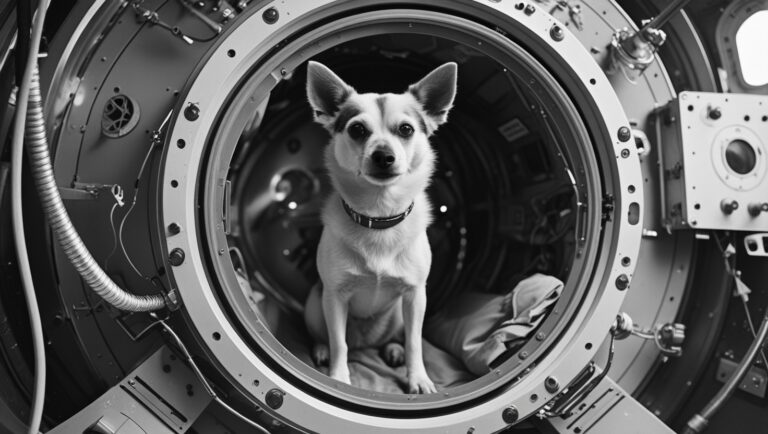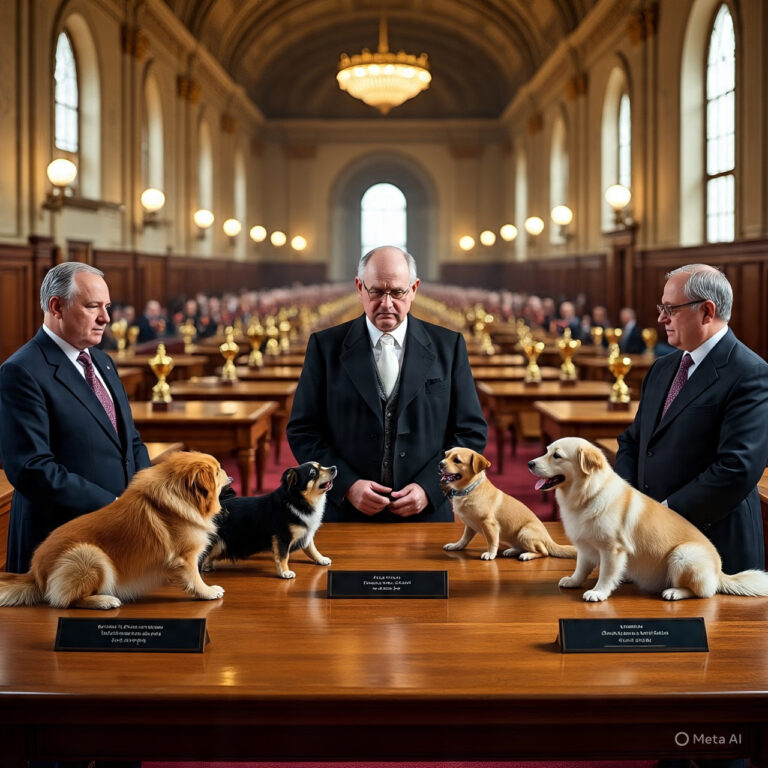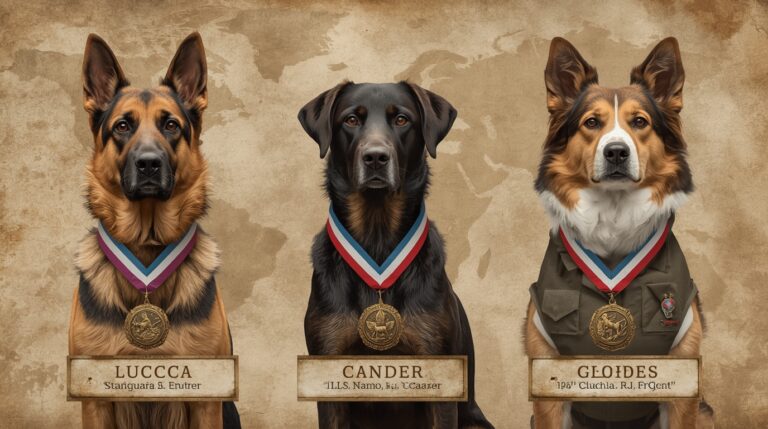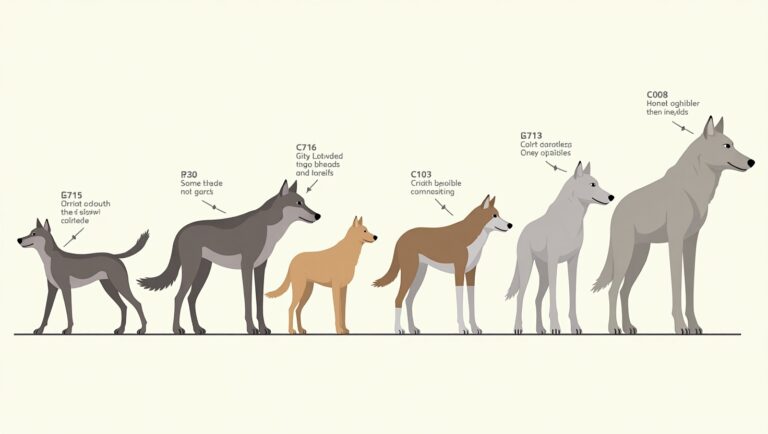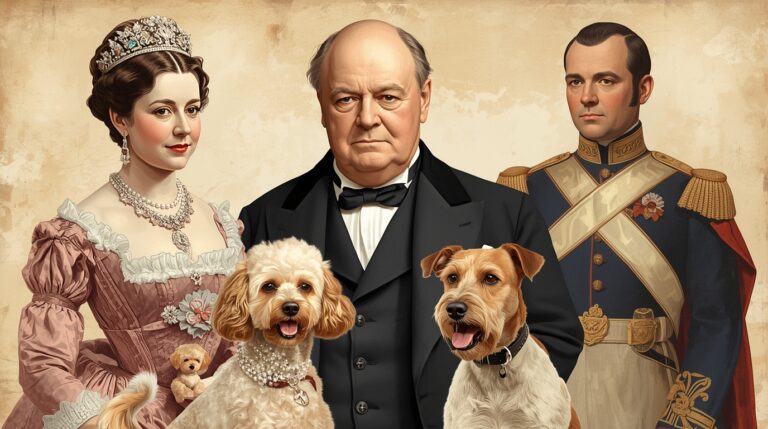Dogs in the Aztec and Mayan Civilizations
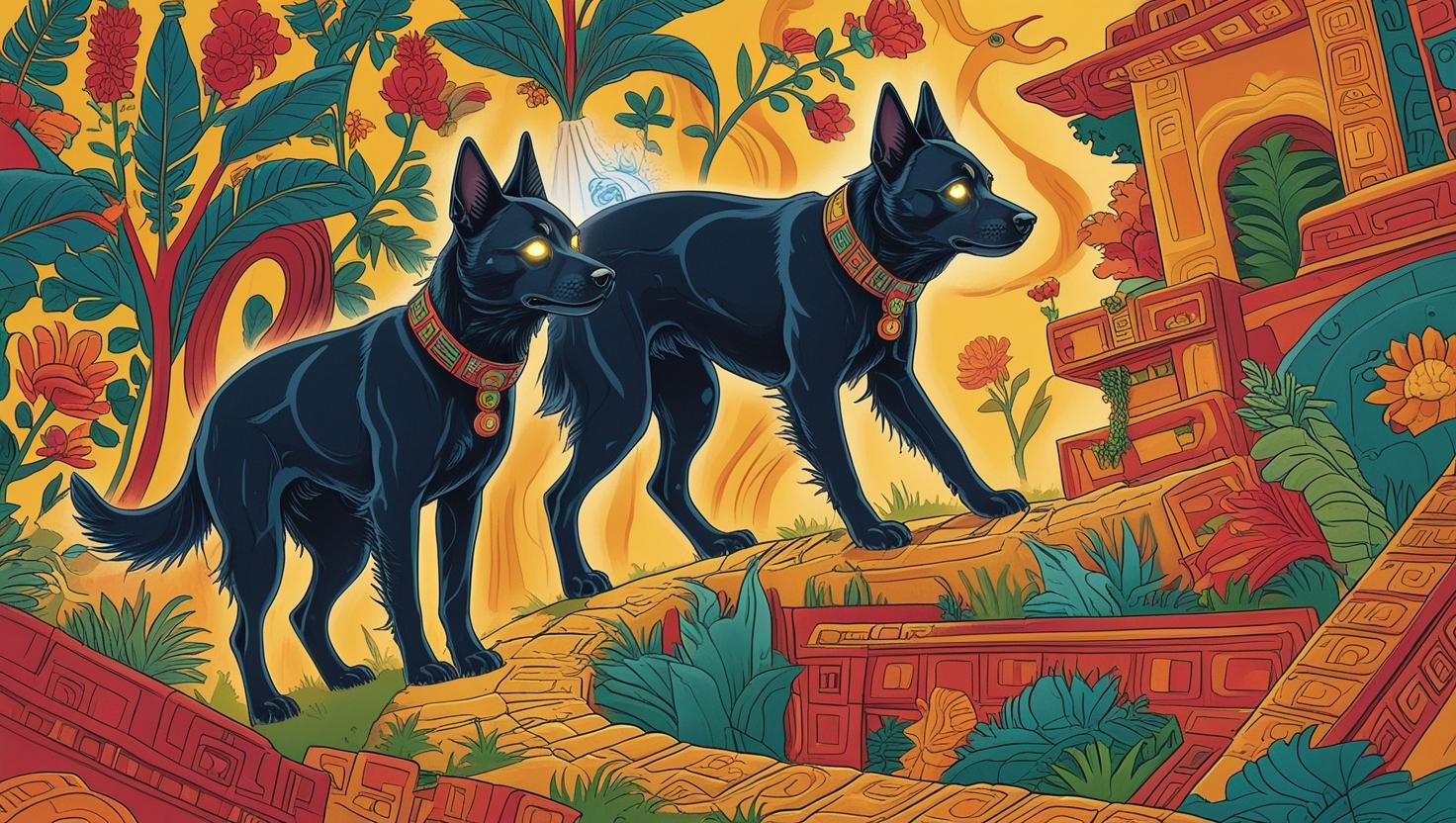
Introduction: Dogs in the Heart of Mesoamerican Culture
Dogs played profound spiritual, practical, and symbolic roles in both Aztec and Mayan civilizations. Far beyond mere pets, these animals were believed to escort souls to the underworld, serve as companions to gods, and act as offerings in sacred rituals. The presence of dogs in mythology, burial sites, art, and daily life reveals how deeply these animals were woven into the very fabric of ancient Mesoamerican belief systems.
Domestication of Dogs in Ancient Mesoamerica
Evidence of dog domestication in Mesoamerica dates back over 9,000 years, making dogs among the earliest animals integrated into daily life in the Americas. Remains found at Teotihuacan, Monte Albán, and Paso de la Amada indicate that dogs were selectively bred for size, behavior, and even color. Most were small, hairless or short-haired, and adapted to a wide range of environmental and spiritual roles.
Also read this Dogs in Ancient Civilizations
The Xoloitzcuintli: Sacred Dog of the Aztecs
The Xoloitzcuintli, often called the Mexican Hairless Dog, was sacred to the Aztecs. Its name comes from the Nahuatl words Xolotl (the god of the underworld) and itzcuintli (dog). Revered for its calm demeanor, warm skin, and silent companionship, this dog was often buried with its owners to help guide their souls to Mictlan, the Aztec underworld. Selectively bred for generations, the Xolo remains a national symbol of Mexico today.
Dogs in Aztec Mythology and Religion
In Aztec myth, the god Xolotl is depicted as a canine-headed deity, brother of Quetzalcoatl. He guarded the sun through the underworld and was responsible for guiding souls after death. According to the Codex Borgia, only those who had not harmed a dog in life would be guided by one in death—further highlighting their spiritual significance.
Dogs were also burned in ritual fires or buried with warriors, representing a sacred connection between life and death, the battlefield and the spirit world.
Mayan Dogs in Myth, Symbolism, and Daily Life
The Maya also assigned deep meaning to dogs. In the Popol Vuh, the foundational Mayan myth, dogs appear in creation stories and parables involving justice and the balance between worlds. Dogs were seen as boundary-walkers—beings who moved between the human, animal, and spiritual realms. Unlike the Aztecs, the Maya often portrayed dogs as neutral moral agents, neither entirely sacred nor taboo.
Ritual Use of Dogs in Sacrifice and Ceremony
Dog sacrifice was common in both civilizations, especially in funerary and calendrical ceremonies. Excavations at Tenochtitlan uncovered dog bones arranged in ceremonial patterns, often alongside human remains. These sacrifices were not merely symbolic—they were thought to activate metaphysical energy, appease gods, or clear the path for royal souls.
The Maya sometimes painted dogs blue before sacrifices, a color linked to sacred offerings and the rain god Chaac.
Dogs as Guides to the Underworld
In Aztec belief, souls of the dead traveled through nine treacherous levels of Mictlan. A faithful dog, typically a Xoloitzcuintli, would swim with them across rivers, fend off beasts, and guide them to their final rest. Without a dog, souls could become lost for eternity.
This belief created a moral imperative: treat dogs well in life, or suffer spiritual isolation in death.
Dogs in Mesoamerican Art and Iconography
Dogs frequently appear in Mayan murals, pottery, and codices, often curled beside gods or featured in symbolic stances. The Dresden Codex depicts dogs walking in celestial scenes, indicating their spiritual navigation abilities.
Aztec sculptures, like those found in Tlatelolco, show dogs with stylized ribs and stretched limbs, emphasizing hunger, loyalty, or spiritual endurance.
Native Dog Breeds of Ancient Mexico
Two primary breeds thrived in ancient Mesoamerica:
- Xoloitzcuintli – Hairless, spiritual, companion-oriented.
- Techichi – A small, mute breed kept by the Toltecs and ancestors of the Aztecs. Likely a precursor to the modern Chihuahua, the Techichi was used in healing ceremonies and funerals.
While the Xolo had religious value, the Techichi was often practical—used in households or as part of feasts.
Dogs in Aztec and Mayan Burial Practices
Archaeological digs at Tlatelolco and Copán revealed dogs buried beside children, nobles, and warriors. Some dogs were adorned with beads, collars, or bells. Others were positioned curled at their owners’ feet, much like in life. These burials show dogs were not only beloved but also seen as necessary for a successful afterlife journey.
Dogs in Mesoamerican Agriculture and Society
Though mostly spiritual, dogs also served functional roles. They guarded maize stores, accompanied hunters, and even served as living heaters on cold nights. In farming communities, dogs helped keep pests away and guided animals.
Dog dung was used in some ritual purification practices, underscoring the animal’s involvement in both sacred and secular life.
Ethical Duality: Sacred and Edible
Despite their spiritual status, dogs were also consumed during festivals, particularly in Aztec culture. They were prepared in ceremonial stews, often symbolizing renewal or divine communion. This ethical complexity mirrors that of many ancient cultures, where sacred animals were occasionally sacrificed or consumed to maintain cosmic balance.
Gender and Dog Symbolism
Female deities were sometimes accompanied by nurturing dogs, while male gods favored dogs for protection and war. This dual symbolism framed dogs as both caretakers and aggressors, highlighting gendered archetypes in Mesoamerican religion.
Dogs in Mayan Astronomy and Cosmology
The Maya associated dogs with the Milky Way, believed to be the pathway of souls. Dogs appeared as celestial markers, guiding spirits through star fields toward the World Tree. Certain constellations were named after dog forms, and their movement was tracked during ritual seasons.
Dogs in Aztec Calendars and Zodiac
In the Tonalpohualli, the Aztec sacred calendar, Itzcuintli (Dog) was one of the 20 day signs. It represented loyalty, healing, and death, and people born on this day were believed to be natural caregivers or soul-guides. Priests would perform specific rites involving dogs on these days to ensure cosmic harmony.
Language and Linguistic Roots of “Dog”
The Nahuatl word “itzcuintli” and Mayan “tz’i’” both mean “dog,” but also convey meanings such as helper, watcher, and sacred companion. The word roots appear in various names, rituals, and titles, embedding dogs linguistically into identity and ceremony.
Women and Dogs in Aztec and Mayan Households
Elite women were often portrayed with small dogs, suggesting status and intimacy. Dogs were allowed in noble households, cared for by female attendants, and even used in fertility rites. Women who died in childbirth were thought to be accompanied by dogs into the afterlife.
Colonial Disruption and Canine Culture
The arrival of the Spanish conquistadors drastically changed indigenous relationships with dogs. Spanish dogs were used as weapons against natives, and native breeds were suppressed. However, the Xoloitzcuintli survived, largely due to rural isolation and continued cultural reverence.
Modern Legacy of Aztec and Mayan Dogs
Today, the Xoloitzcuintli is a symbol of Mexican identity, recognized by UNESCO and celebrated in festivals like Día de los Muertos. Temples and archaeological parks continue to uncover new dog artifacts, and spiritual practices in parts of Mexico and Guatemala still honor canine guides.
Conclusion: The Eternal Bond Between Mesoamerica and the Dog
Dogs were more than animals to the Aztecs and Maya—they were soul guides, protectors, teachers, and sacred offerings. Whether curled beside the dying or leading spirits through cosmic rivers, the dog held a place of eternal respect. Their roles reflect a worldview where loyalty transcended life, and where even the humblest creatures were gates to the divine.

